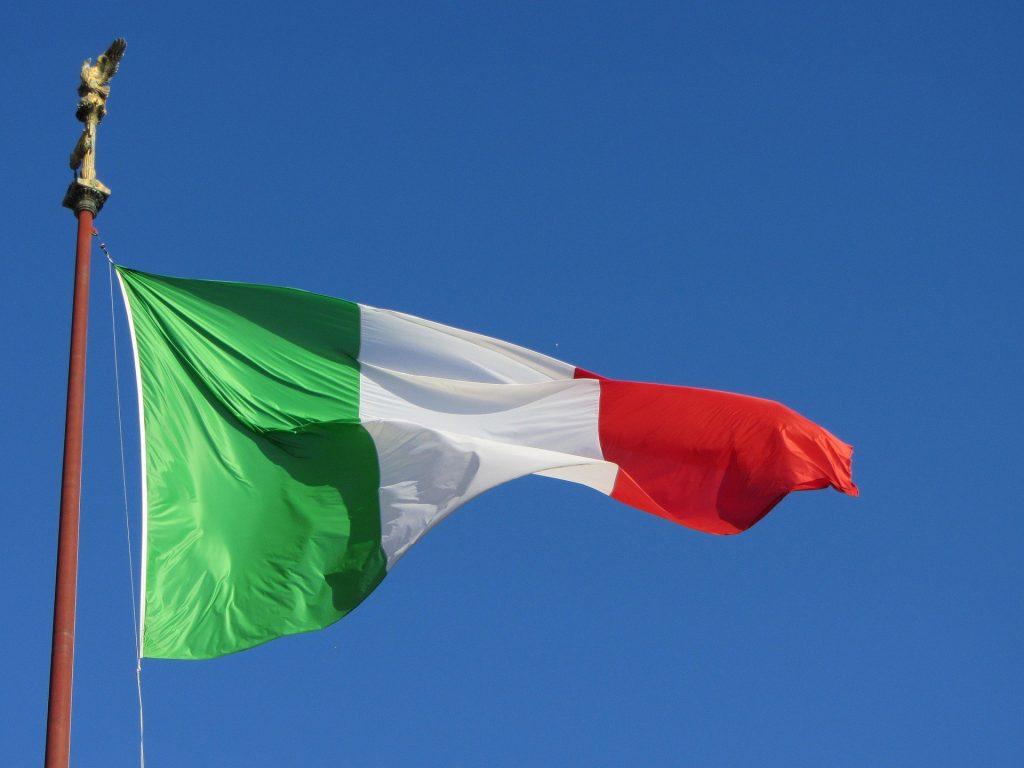As Poslovni Dnevnik/Marija Brnic writes, for the third month in a row now, Italy has been very firmly in the position of the leading Croatian export market. Last year, during the country’s lockdown in the face of the global coronavirus pandemic which was declared by Italy significantly earlier than other European countries, exports to that country dropped drastically, and the traditional status of the main destination for Croatian products was taken over by Germany.
In the first five months of 2021, Croatian exports have been growing well on both markets, but they’re still stronger in Italy, and, as data from the Central Bureau of Statistics shows, the recovery so far brings with it a far better export result than back during the same period in 2019.
In the first five months of this year, a total of 899 million euros worth of goods were placed in neighbouring Italy, which is seven million euros more than in pre-pandemic 2019, and compared to the first five months of 2020, it is a jump of as much as 235 million euros.
In addition to exports, imports from Italy are also growing significantly, although they’re still behind the values achieved in the first five months of 2019. It amounts to 1.32 billion euros and is lower by about 300 million euros.
“Our predictions were that we’d have the beginning of a recovery in bilateral relations, but the figures recorded and the dynamics in the first part of the year exceeded all of our expectations,” said Andrea Perkov, Secretary General of the Italian-Croatian Chamber of Commerce. The real expansion in the already close economic relations of these two neighbouring countries, she claims, is very much expected.
“Last year’s crisis gave rise to a change in business orientation among Italian companies, which has been present for a long time to some degree or another, and that is the transfer of business and production to other markets, even distant ones. With the coronavirus pandemic taking precedent, this tendency was interrupted, and in the first part of the year we recorded a huge increase in interest from Italian companies in relocating their production and expanding their business right here in Croatia,” said Perkov.
Those more distant destinations in which Italian companies operated were mainly China and North African countries, when it comes to countries outside the EU, Serbia, and within the EU, Bulgaria and Romania were in the lead. Now, between 60 and 70 Italian companies have already expressed interest in investing in Croatia, with most inquiries coming for infrastructure and food production.
The locations that are being looked into are mostly in Istria, which doesn’t come as a surprise as many prefer bilingualism as well as good infrastructure and traffic connections, but Perkov points out that he is also interested in the Split-Dalmatia and Medjimurje counties.
With the representatives of Italian companies at the level of the Italian system that connects the chambers, (the Italian Trade Institute and the Embassy in Croatia), numerous meetings and communication about possible investments have been being organised, and Perkov sees special merit in establishing stronger bilateral relations in the commitment of Italian Ambassador to Croatia Pierfrancesco Sacco who took office last year.
The Croatian NPOO, the text of which has already been translated into Italian, is expected to give additional impetus to a stronger connection between Italian companies and Croatia. As far as investment is concerned, the cost is not a problem for Italian companies, but, according to the Italian-Croatian Chamber of Commerce, concerns about Croatia’s infamous slow administration and legal uncertainty prevail.
As the pandemic-induced shock has “reset” everything on a global scale, Italians are now much more inclined to do business in their closer neighbourhood, with one sector recording intensive cooperation and networking, as well as mutual investment. IT, a blossoming sector in Croatia, will dictate more or less the entire pace.
As far as exports are concerned, it isn’t yet possible to determine from official statistics whether any of the products particularly bounced off the market during the first part of this year and pushed the overall result, but in recent years the structure of Croatian exports has been dominated by wood, metal and textile and the food industry.
With the implementation of the projects currently being prepared, Andrea Perkov is convinced that further strong growth in exports and total trade between Croatia and Italy can be expected with a decent dose of healthy optimism.
In addition to Italy and Italian companies, an increase in exports is being steadily recorded in most major markets, and the only significant drop in statistics is shown in relations with Luxembourg, where last year, the value of exports exceeded 122 million euros in five months, and this year it stands at a mere 5 million euros.
That being said, exports to Luxembourg tend to fluctuate strongly and vary due to dependence on shipbuilding exports anyway, which are lacking this year.
It can also be said that the case of Italy reflects the overall result of Croatian exports, which achieved a record result of a total of 7.11 billion euros on a five-month level, which greatly exceeds the previous highest level from pre-crisis 2019, by as much as 895 million euros in total.
The result will be even higher at the level of six months, as preliminary CBS data shows that exports in the first half reached 8.72 billion euros, which is almost 1.34 billion euros more than in the first half of the record, pre-pandemic 2019.
For more, follow our business section.









